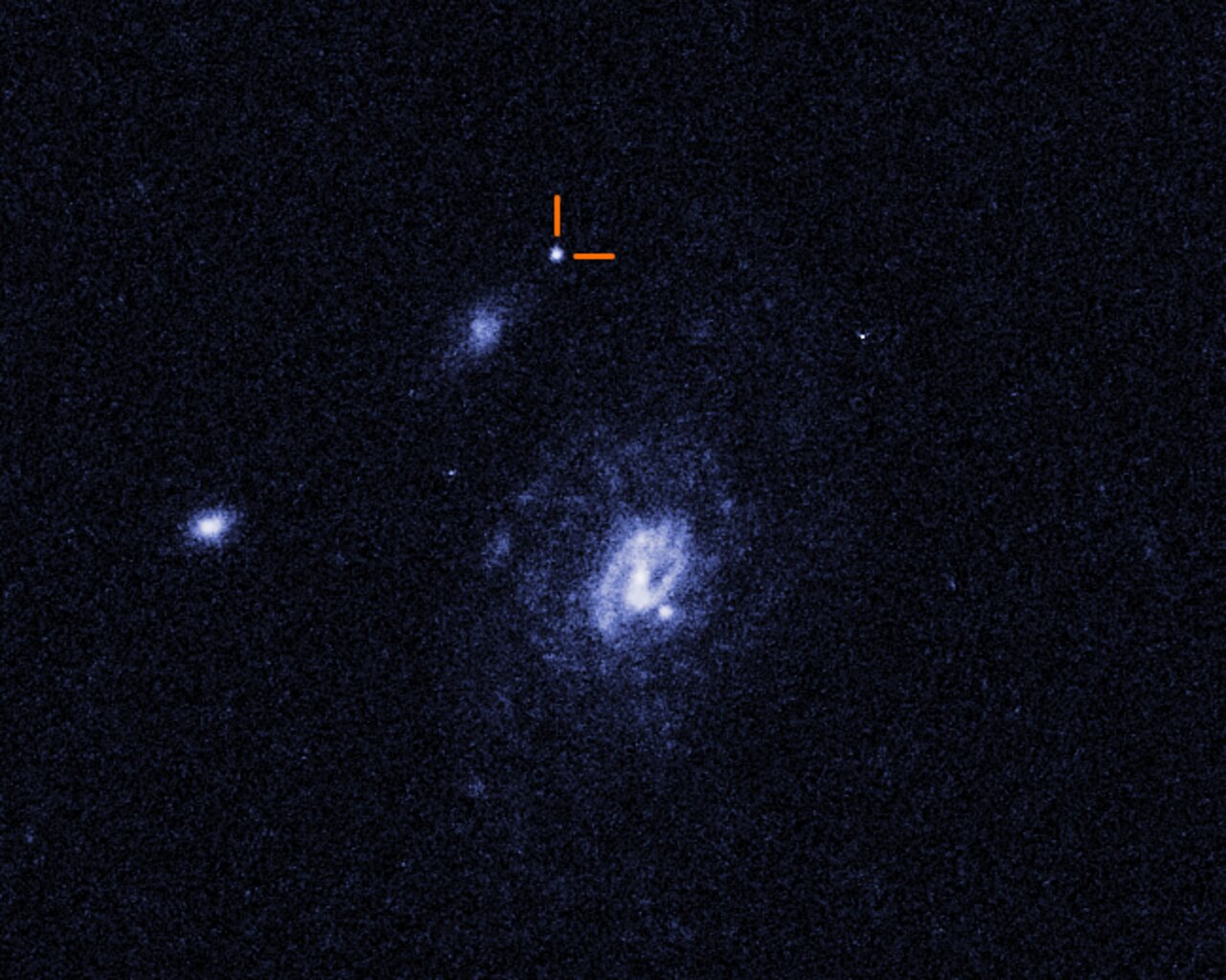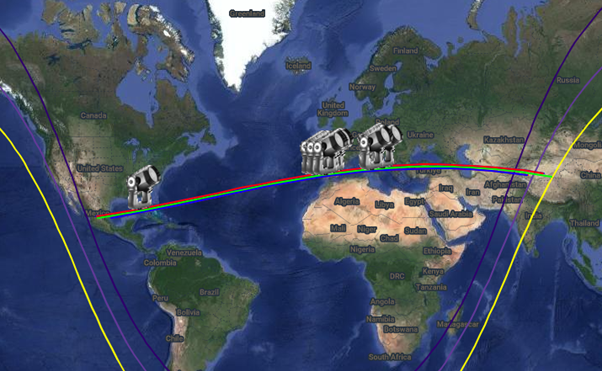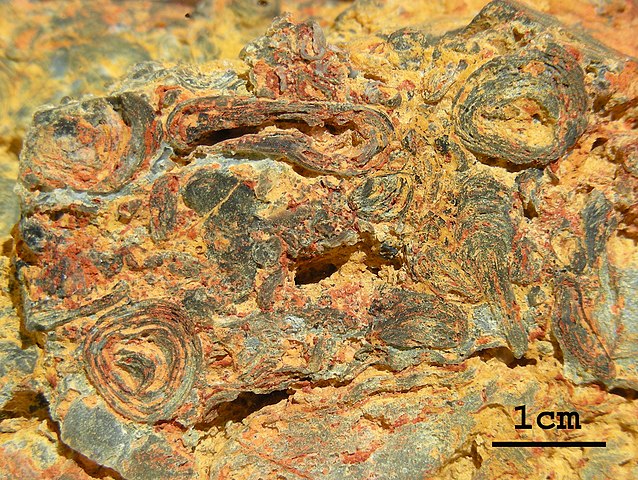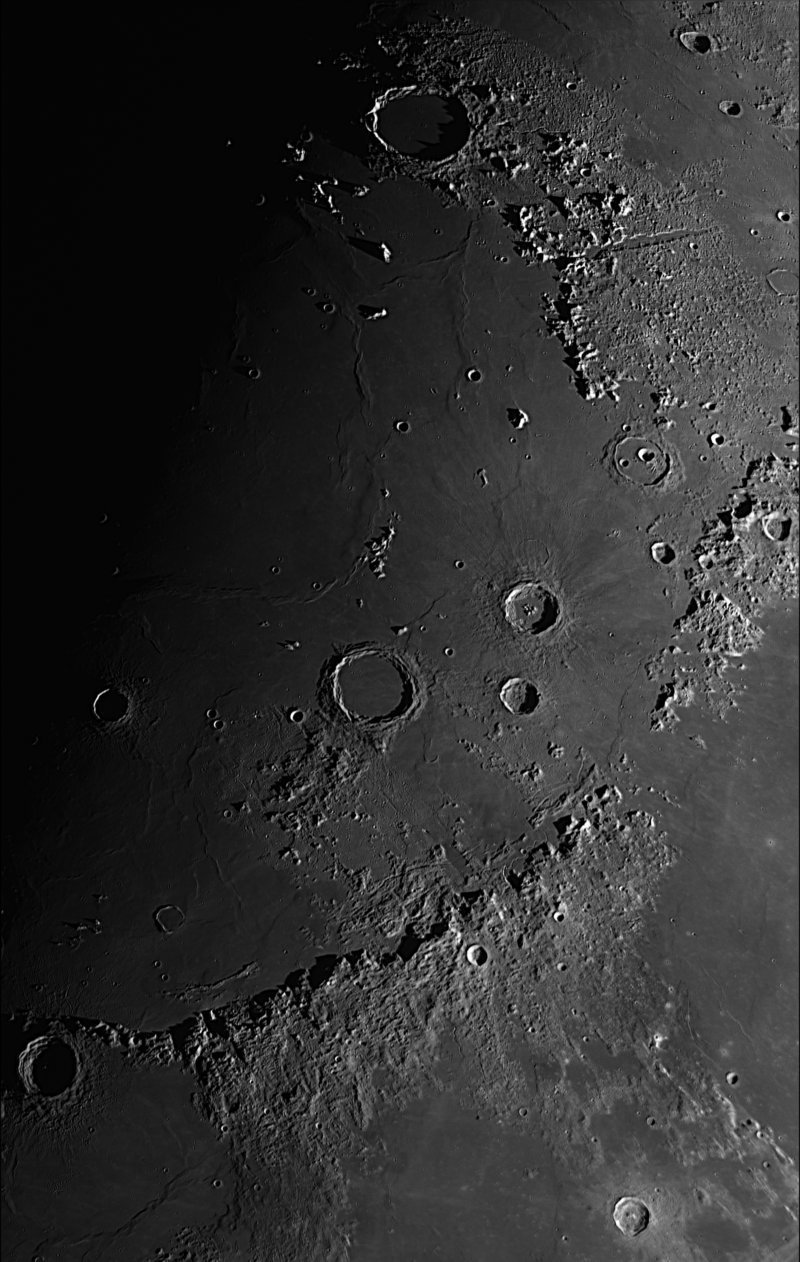-
Jupiter’s moon Io is covered in active volcanoes. Now we have the 1st map of them
The most volcanically active world in the solar system, Jupiter’s moon Io, may possess a global ocean of magma underneath its surface, as well as mysteriously warm poles, a new study finds. Io, the innermost of Jupiter’s four largest moons, is slightly bigger than Earth’s moon. Io is the most volcanically active body in the…
-
How ASTRO 3D Achieved Gender Parity in Astronomy in Just Five Years | Center for Astrophysics
Cambridge, MA – Around the world, research agencies are struggling to achieve gender parity. A paper published in Nature Astronomy today reports how the national Australian astronomy center ASTRO 3D, led at the time by Professor Lisa Kewley, now director of the Center for Astrophysics | Harvard & Smithsonian (CfA), achieved equal numbers of women…
-
Scientists Uncover Source of Strange, Bright, Flashing Object

The night sky is full of flashes and explosions. Stars dying, galaxies crashing into one another, black holes and neutron stars ejecting jets of high-energy material. Astronomers use the consistent flashing of pulsars to measure distance, and suss out the presence of exoplanets by the occasional, faint dimming of stars. Every once in a while,…
-
1 year after Artemis 1 launch, NASA readies Artemis 2 to shoot for the moon again (video)
Space fans, get ready to start your moon engines. NASA’s Artemis 1 uncrewed moon mission lifted off from NASA’s Kennedy Space Center (KSC) in Florida on Nov. 16, 2022. One year later, the next moon rocket ride for astronauts is in testing for a new mission that could launch in late 2024. The crewed mission,…
-
Experience April’s total solar eclipse from the palm of your hand with the ‘Totality’ app from Big Kid Science
Download the app The free app is available for iOS and Android users in English, Spanish, French, and Portuguese. A total solar eclipse will be visible across the U.S. on April 8, 2024, and the free “Totality” app developed by Big Kid Science is the perfect tool to accompany your eclipse viewing experience. The app’s…
-
Next Month An Asteroid Will Hide Betelgeuse And Might Reveal Its Secrets

If you live in a long but narrow part of the world, you have an opportunity next month to contribute to a global project exploring one of the most famous and enigmatic stars. That’s because on December 12, on a path running almost half the way around the planet, the asteroid 319 Leona will pass…
-
Life Might Be Easiest to Find on Planets that Match an Earlier Earth

We’re inching closer and closer to reliably detecting biosignatures on distant planets. Much of the focus is on determining which chemicals indicate life’s presence. But life can also create free energy in a system, and excess energy can create chemical disequilibrium. That’s what happened on Earth when life got going. Could chemical disequilibrium be a…
-
Australian astronomy center achieves gender parity in astronomy in just five years

Credit: Pixabay/CC0 Public Domain Around the world, research agencies are struggling to achieve gender parity. A paper published in Nature Astronomy reports how a national Australian astronomy center achieved equal numbers of women and men using science. “We used research in sociology and psychology to develop evidence-based strategies, and to create a supportive and positive…
-
NASA’s Hubble Measures the Size of the Nearest Transiting Earth-Sized Planet | Center for Astrophysics
Cambridge, MA — NASA’s Hubble Space Telescope has measured the size of the nearest Earth-sized exoplanet that passes across the face of a neighboring star. This alignment, called a transit, opens the door to follow-on studies to see what kind of atmosphere, if any, the rocky world might have. The diminutive planet, LTT 1445Ac, was…
-
Daily Telescope: Imaging a nearly 4-billion-year-old region on the Moon

Enlarge / Mare Imbrium and its vicinity. Katie’s Observing Log Welcome to the Daily Telescope. There is a little too much darkness in this world and not enough light, a little too much pseudoscience and not enough science. We’ll let other publications offer you a daily horoscope. At Ars Technica, we’re going to take a…